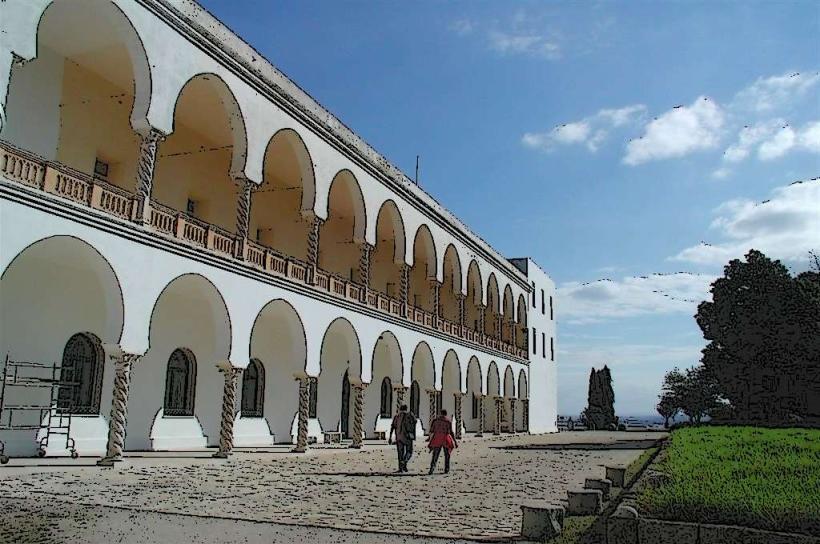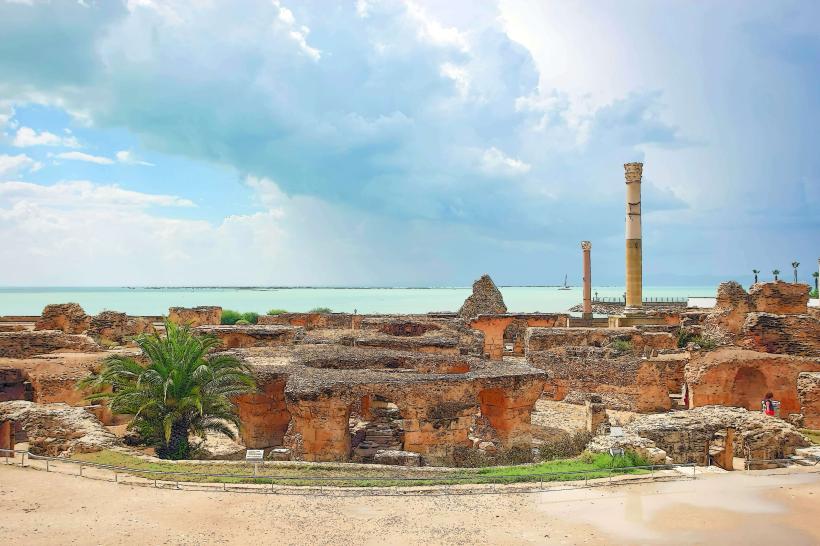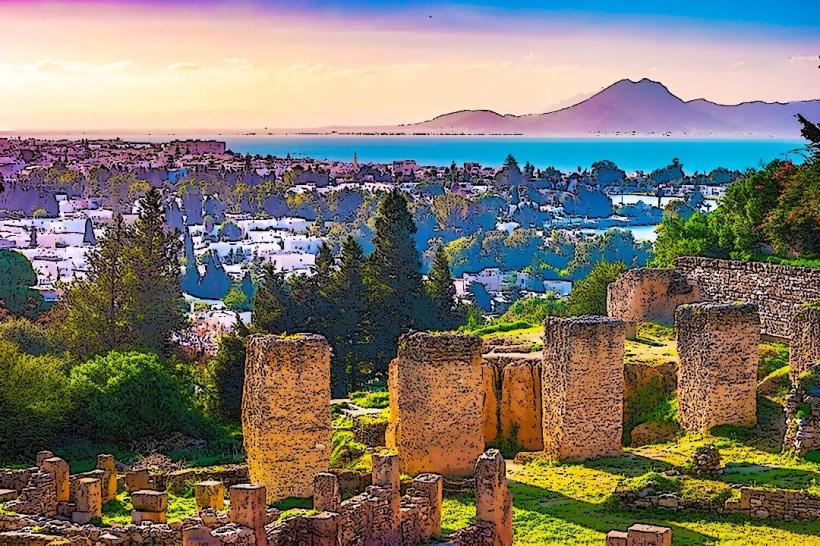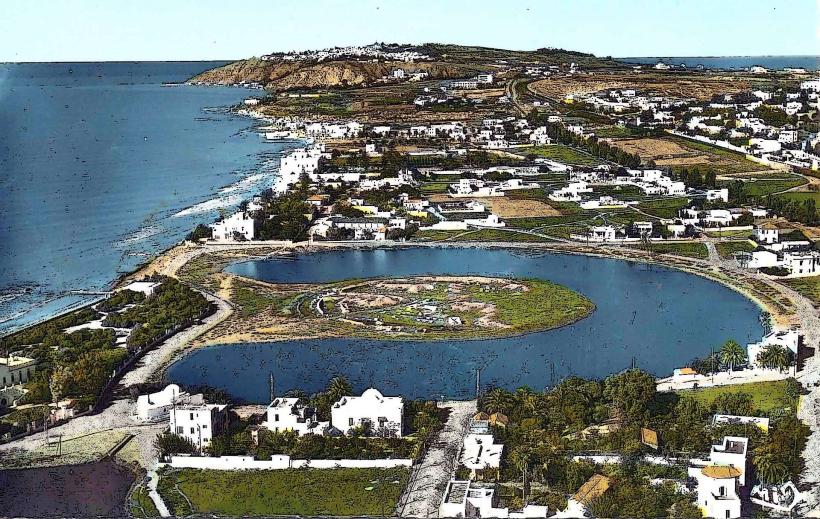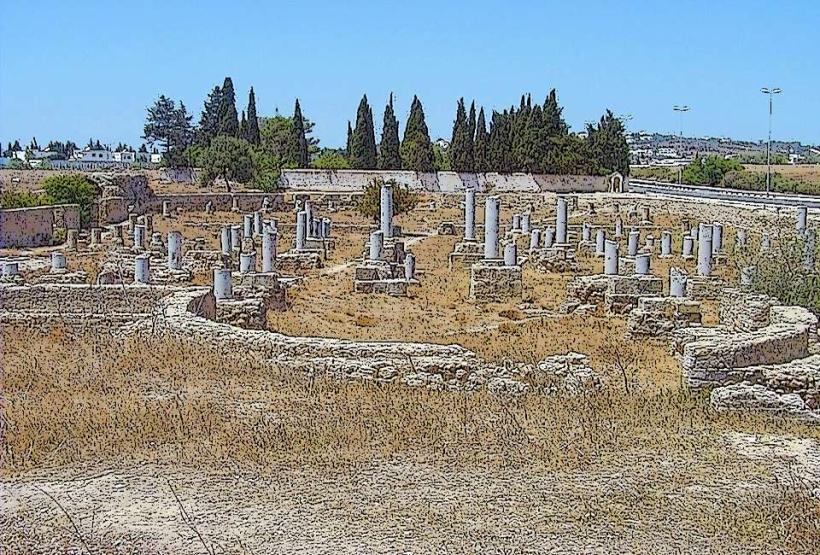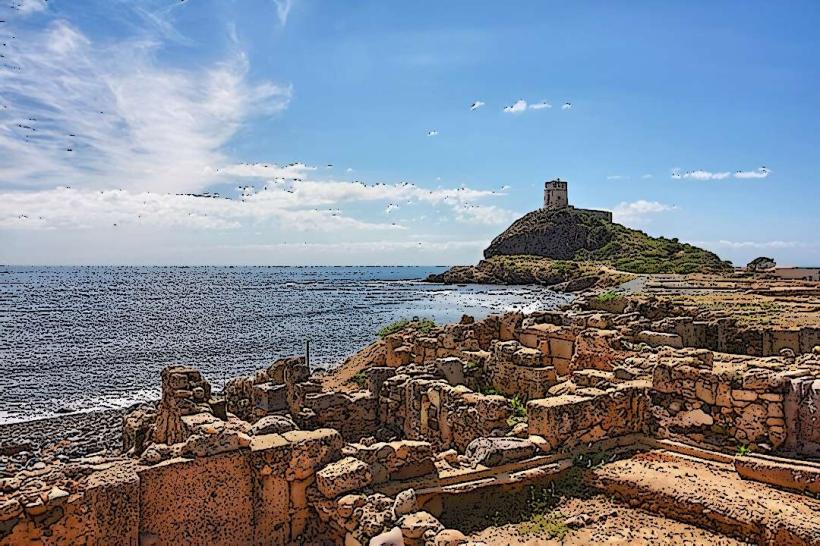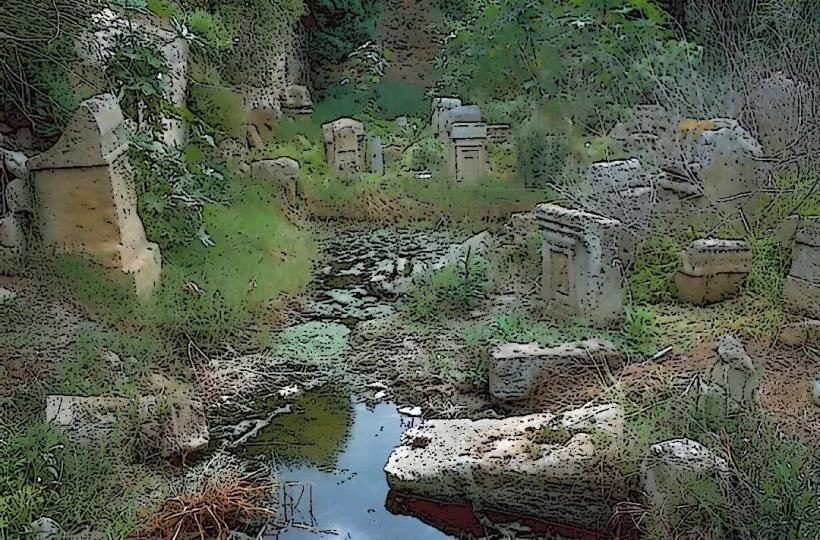Information
Landmark: Tophet of CarthageCity: Carthage
Country: Tunisia
Continent: Africa
Tophet of Carthage, Carthage, Tunisia, Africa
Overview
The Tophet of Carthage stands as one of the ancient world’s most debated and enigmatic sites, bound closely to the rituals and beliefs of Punic Carthage, where wind still sifts through its weathered stones, moreover it’s both a revered sacred site and a topic scholars still argue over, its weathered stones whispering the past.Here’s a closer examine-what exactly is the Tophet, and why does its name still carry the scent of ancient fires, besides just beyond Carthage’s bustling streets lay the Tophet, a solemn sanctuary where the scent of burning incense drifted through the air as worshippers made offerings to their chief gods, Baal Hammon and Tanit.It served mainly as a sanctuary, a setting for votive offerings-glittering bronze charms and carved figurines-and, if ancient accounts and some digs are to be believed, a site where children and infants were ritually sacrificed, moreover the site thrived from the 8th or 7th century BCE until Rome leveled Carthage in 146 BCE, though traces of worship-perhaps a lone altar still in use-may have lingered into the early Roman era.The Tophet’s most eye-catching feature is the countless upright stone markers-stelae-some etched with inscriptions, carved symbols, and stark images tied to Baal Hammon and Tanit, what’s more many inscriptions note offerings given “in fulfillment of a vow” - a votum - like a carved bowl left at a temple altar.Beneath and around the stelae, archaeologists uncovered burial urns holding the cremated remains of infants, and at times animals-a lamb’s fragile bones, a kid’s tiny skull, as a result they buried the urns deep in the earth, often setting a compact votive stela beside them, its surface rough under the fingertips.Layout: The Tophet grew over time, each fresh offering-ashes still warm-adding to its spread, furthermore this wasn’t a planned cemetery but a living ritual ground, crowded with close-set graves and stone stelae, its walls and raised platforms marking the phases built up over centuries.The Carthaginians worshipped mighty gods they believed could shape fertility, bring prosperity, and decide their city’s fate-like a sudden storm turning the harbor murky, then baal Hammon, shown as a bearded man resting on a high-backed throne, was linked to the blazing sun and the rich bounty of the fields.Tanit, the mother goddess, stood for life’s pulse, the promise of renewal, and a shield against harm, along with at the Tophet, people made offerings to honor the gods or plead for their favor-sometimes laying a compact, fragrant loaf in thanks for blessings already given.People petition the gods for favors-victory in battle, a cure for sickness, or a harvest heavy with grain, moreover to keep a promise born from desperation-or whispered in gratitude when the rain finally stopped.The biggest debate about the Tophet centers on one haunting question-did the Carthaginians really offer their children in sacrifice, as some claim, burning them in the flicker of the altar’s flames, what’s more greek and Roman writers-Diodorus Siculus, Plutarch, among others-claimed the Carthaginians burned living children as sacrifices to their gods, the air thick with smoke and ash.It appears, They spoke of public ceremonies where powerful families handed over their children, sometimes dressed in vivid silk, hoping to win the gods’ favor.safeA few urns held animal bones, hinting that, in some cases, they may have been swapped in, consequently some scholars believe the aged accusations, viewing the Tophet as stark proof that child sacrifice was carried out in an organized way, especially during desperate times when smoke hung heavy in the air.Some scholars offer a different view, saying the Tophet was simply a burial ground for children lost to illness or high infant mortality, with rituals meant to honor them-like laying fresh flowers-rather than to harm them, simultaneously middle Ground: A third perspective suggests the Tophet held mostly children who died naturally, though in rare, desperate moments-like during famine-real sacrifices might have happened.Historians still haven’t reached full agreement, and the topic remains one of the most delicate in Carthaginian studies-like touching a fragment of brittle pottery that could crumble in your hand, what’s more the Tophet stands as a powerful symbol, capturing how deeply religion shaped life in Carthage-its rituals, its gatherings, even the smoke curling from sacred fires.Punic religious practices stood apart from those in Rome and Greece, marked by unique rituals-like offerings left beneath the scent of burning cedar, after that a deep cultural rift separated Carthage from its Roman conquerors, who painted its incense-filled rituals as savage to legitimize wiping the city from the map.In Hebrew and Christian traditions, the word “Tophet” later came to symbolize hellfire and damnation, its meaning shaped by ancient tales of smoke, drums, and sacrifice, as well as today, the Tophet of Carthage sits near the sea as an archaeological park, just a short wander from the historic Punic harbors where wooden ships once bobbed in the water.Visitors can amble past rows of upright stelae, a few etched with weathered inscriptions and carved symbols, what’s more signs that share the discoveries and the ideas behind them, like noting the faint charcoal lines on an ancient wall, generally We dug through the soil and uncovered urns and human remains, some still dusted with dry, reddish earth, while though scarred by centuries of violence and worn by wind and sun, the Tophet still grips you-its quiet stones carry the weight of ancient Carthage’s fervor and secrets.It’s among the Mediterranean’s most vital archaeological treasures, steeped in emotion-like standing amid sun-warmed stones that have witnessed centuries of history.
Author: Tourist Landmarks
Date: 2025-09-27

